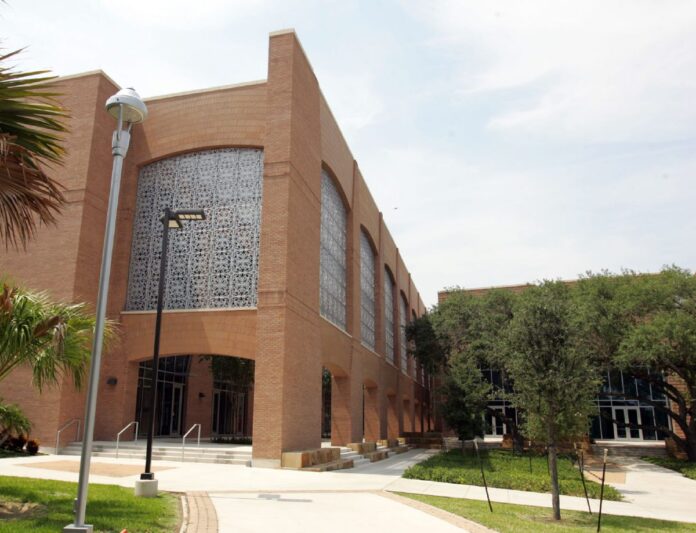EDINBURG — Three new healthcare centers are slated to be created throughout the Rio Grande Valley as part of a $3.75 million federal grant awarded to the University of Texas Rio Grande Valley School of Medicine.
The Health Resources and Services Administration of the U.S. Department of Health and Human Services provided the award intended for the creation of three Area Health Education Centers, or AHECs, in the region’s rural and underserved areas.
The purpose of these centers is not only to provide access to primary health care and increase healthcare quality in the areas, but to also provide medical and other health-related students in the area with practice opportunities and exposure to the needs of these communities.
“The primary purpose is to increase diversity in the distribution of health professionals,” said John Ronnau, UTRGV School of Medicine senior associate dean for interprofessional education. “To get our new health-related graduates — virtually every discipline within the College of Health Affairs, plus medicine — to get them out into rural areas where there’s underserved folks.”
Ronnau attributed the successful application for the grant to the support from local counties, including Hidalgo, Cameron and Starr, as well as the collaboration between the School of Medicine and the College of Health Affairs.
The grant will be provided to the university in $750,000 installments over five years and will also be matched by UTRGV in resources such as faculty time, space and even in-kind donations.
The three initial centers will be located in existing community resource centers in which the three counties — Hidalgo, Cameron and Starr — assigned space to be retrofitted as clinics.
“The counties are willing to provide UTRGV space in these community resource centers,” he said. “We’ll develop small primary care clinics. We’ll do some renovations.”
The Valley is considered an ideal location for these kinds of programs, he added, considering there is widespread need for accessible healthcare and a newly created School of Medicine that aims at filling in these gaps.
“It is because of who we are in South Texas, but also the purpose of UTRGV,” Ronnau said. “One of our major emphases is being engaged with the community and providing public service … that’s really the primary purpose of an AHEC.”
Planning for the project is scheduled to begin next month and the clinics should be up and running by September 2018.
During the initial planning year, UTRGV officials will be working to create community advisory councils made up of residents of each area where the AHECs are located, which are required by the grant, as well as a scholar program.
The educational component is a strict requirement of the grant, Ronnau said, as these students must receive appropriate training to ensure quality health care.
“It’s fairly complicated,” he said. “They have to be community based experiences … it will include providing students information about understanding and recognizing the impact of social deterrents of health disparities, cultural competence, how to work in interprofessional collaborative teams — all of those things have to be part of this program.”
This will be a two-year program for students and the university plans to admit 25 students per clinic in the first year and increase it to 50 on the second year.
The planning period began Sept. 1, while the grant will expire in August 2022. The university has an opportunity to renew then.
The goal for upcoming renewal proposals is to increase the number of clinics to reach out to other nearby counties, Ronnau added.
“Our desire was to be able to create an AHEC in all four of the counties in our service area, however, we were only founded in three,” he said. “We are hoping in the future there will be additional funds.”




